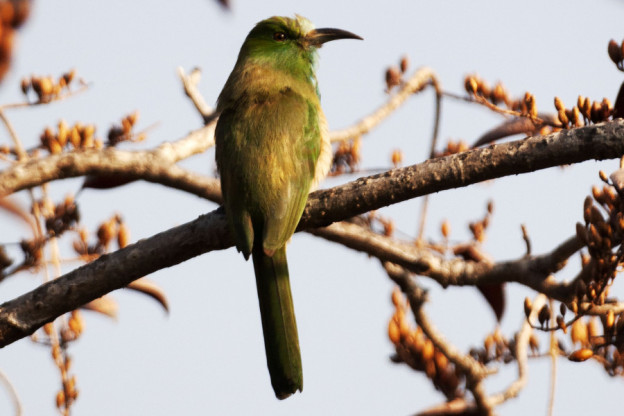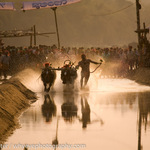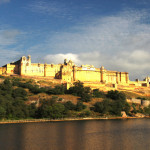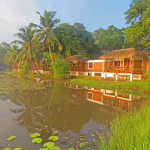Stuart Forster experiences the Kyathadevara Gudi Wilderness Camp located inside of the Biligiri Raganna Temple (BRT) Wildlife Sanctuary.
If you’re looking for remote ecotourism options in southern India this place provides opportunities to meet local people, view wildlife and get a sense of the diversity and sensitivity of the local ecosystem.
The camp is commonly known as K Gudi and is a 225-kilometre drive south-west of Bengaluru (formerly Bangalore), the state capital of Karnataka. It is isolated within dense forest and makes an outstanding place to visit if you want to spot animals in their natural habitat.
It’s common in this part of the world for long names to be shortened to initials. Consequently, many people refer to the area around the camp simply as the BRT Wildlife Sanctuary.
The sanctuary sprawls across hills in an area of more than 540 square kilometres. Its altitude ranges between 750 metres to 1816 metres above sea-level. That variation in altitude is a factor in the region’s broad biodiversity. The BRT Wildlife Sanctuary hosts scrubland, deciduous forest, evergreens, high-altitude grassland and shoal forest that resembles woodland populated by trees with stunted growth.
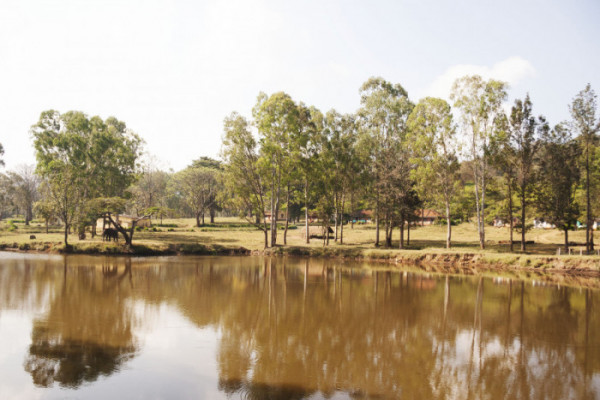
‘Biligiri’ means ‘white hills’ in the local Kannada language. That name probably derives from the low clouds and mist that frequently shrouds this area’s uplands. The mist can roll in quickly and reduce visibility to just a few metres. It also brings a sudden chill to the air, so don’t forget to bring a set of warm, waterproof clothing.
The volume of annual rainfall that falls in the wildlife sanctuary is significant. Rainfall of up to 2,500 millimetres is measured in the south of the park and 1,400 millimetres at BR Betta, in the park’s north. This results in lush vegetation.
Visitors can stay in log cabins and or tented cottages operated by Jungle Lodges and Resorts. Both have en suite bathrooms with showers. Further rooms are available in the cottages that once served as the Maharaja of Mysore’s hunting lodges.
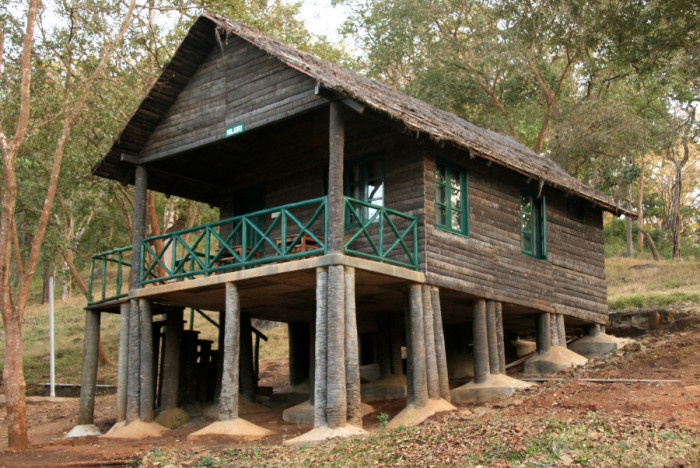
There are no televisions, no radios to drown out the bird song and chirping of insects and electricity at the camp is switched off shortly after 10 pm. Torches are provided at dinner, to ensure that no-one is short of a light should they really need it.
The bio-sensitive BRT Wildlife Sanctuary is the home to around 8,000 tribal people in hamlets dotted through the forest. Soliga people live on reserves. The Jenukurba reside within the forest. The tribal people strive to make their livelihoods within the wildlife reserve.
They collect forest produce such honey and berries and sell them to NGOs. Half the staff at the K Gudi Wilderness Camp are drawn from the tribal people. I found that their local knowledge makes them excellent trackers and readers of signage during the jeep drives and guided walks that I experienced.
The cost of the K Gudi Wilderness package comprises of the entry fee to the wildlife sanctuary, camera fees and taxes. Meals are included, as is a jeep safari in the late afternoon and the option to take another jeep safari or a trek into the forest at dawn. Trained naturalists accompany the trips into the forest and provide background information about the region’s diverse flora and fauna.
Sloth bears, elephants, gaurs, leopards and wild boars are among the animals you’re likely to see from the jeep. When night falls some of the forest’s animals will not see the sun again. The dhole (wild dogs), leopards and tigers will see to that.
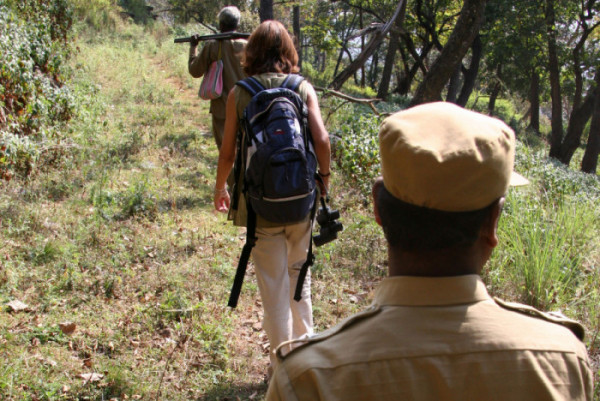
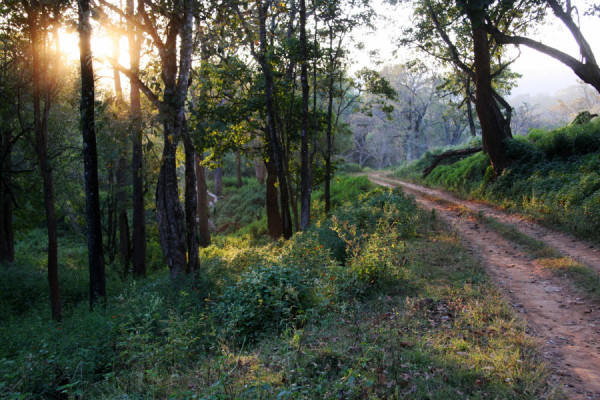
After visitors return from the safari, a nature documentary is shown in the Maharaja’s hunting lodge. Snacks are subsequently served around a campfire, next to Gol Ghar, the communal dining area.
The warm glow and gentle crackling of the campfire provides a setting conducive to conversation among visitors, who inevitably exchange notes about the animals spotted out on safari.
The staff balance the consumerism of eco-tourism with a moral responsibility towards the environment and the tribal villagers. The naturalists at the camp help engender enthusiasm about wildlife and the forest ecosystem. Critics might say that any human incursion into the forest brings an unnatural imbalance in the environment, but the rupees and dollars brought by domestic and international visitors help to finance conservation.
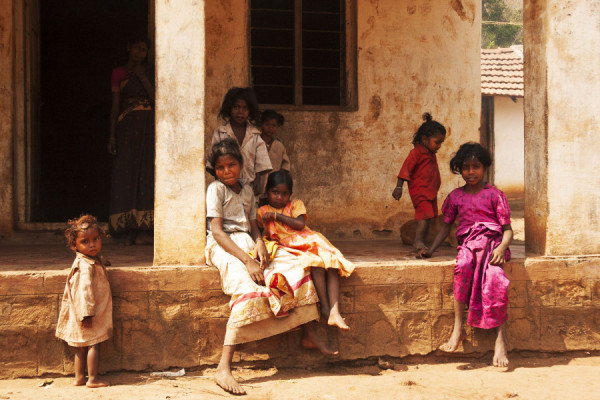
Tiger sightings around the sanctuary are possible but infrequent. If you visit K Gudi keep your eyes open on the roads leading into the camp from Kollegal and Charnarajanagar. From just a few metres away I saw a tiger saunter across the road, its golden stripes gleaming in the sun, before disappearing into the roadside foliage. The creature glared imperiously at the vehicle I was travelling in — unfortunately, I’d already packed away my camera so didn’t record the moment.
I found the camp’s naturalists enthusiastic in explaining the threats to the region’s ecosystem and wildlife. As an immersive ecotourism experience, I rate it among India’s best.
All images (c) Stuart Forster.
Tell me more about K Gudi Wilderness Camp
Book a visit to K Gudi Wilderness Camp via the Jungle Lodges and Resorts website.
The nearest international airport is at Bengaluru, whose city centre is 225km from the camp.

